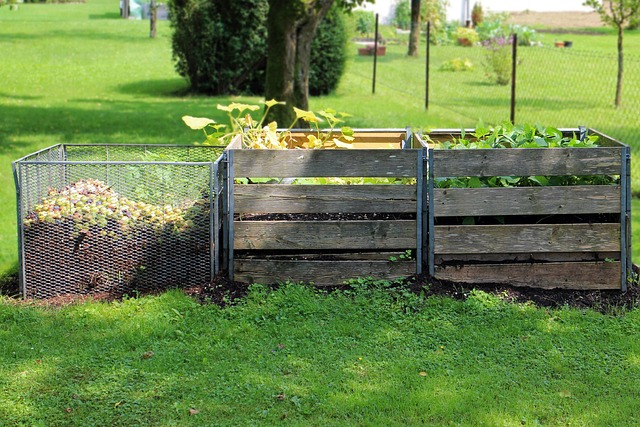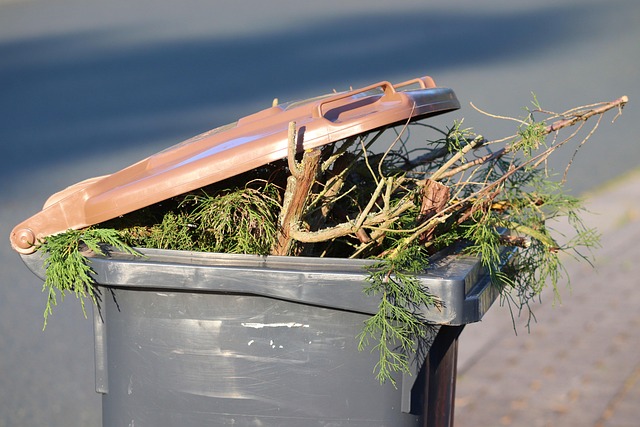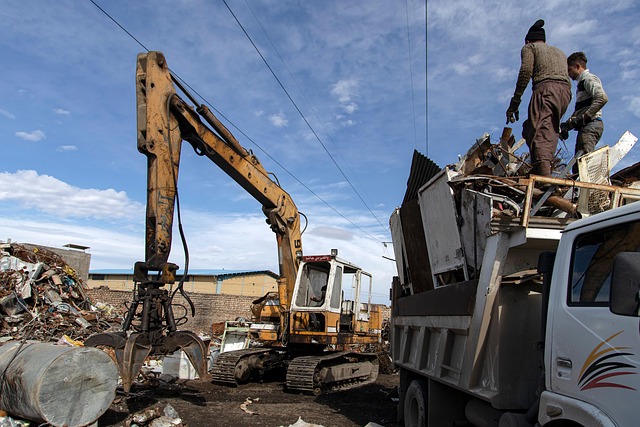In the quiet rhythm of a well‑tended garden, composting transforms everyday kitchen scraps and yard waste into a black gold that enriches soil and nourishes plants. The art of composting is as much about the tools you use as it is about the ingredients you feed the pile. A thoughtfully curated List of compost tools can make the process smoother, faster, and more efficient, turning a routine chore into an enjoyable part of garden stewardship.
The Foundations of Composting
Before a single tool is introduced, understanding the composting process itself is essential. Composting relies on a delicate balance of carbon (brown) and nitrogen (green) materials, adequate moisture, and air. A sturdy compost bin, a reliable turning tool, and moisture‑monitoring equipment are the core of any composting setup.
- Compost bin or tumbler: The vessel that holds the material.
- Garden fork or pitchfork: For turning and aerating the pile.
- Moisture meter: Ensures the compost stays damp, but not soggy.
Choosing the Right Compost Bin
Compost bins come in a variety of sizes and styles. The choice depends on space, material quantity, and how frequently you plan to compost. For small gardens or balconies, a compact, stackable bin is ideal. Larger properties may benefit from a round tumbler that allows easy rotation and even composting.
“A good bin is like a kitchen pot: it keeps everything together and allows the right kind of heat to develop.” – Green Thumb Almanac
Essential Turning Tools
Turning compost aerates the pile, distributing oxygen and heat, which speeds decomposition. While any sturdy shovel can serve, specialized tools make the task less laborious and more efficient. Here’s a look at the best turning options in the List of compost tools for eco‑friendly gardening.
- Garden Fork – The classic choice for its long handle and deep tines.
- Pitchfork – Slightly wider tines, ideal for breaking up larger clumps.
- Compost Paddle – A flat tool that spreads material evenly and is perfect for shallow piles.
Advanced Aeration Devices
For those who want to optimize the composting cycle further, several high‑tech aeration tools are worth considering. These devices range from simple perforated rods to electric aerators, each offering unique benefits.
- Perforated rods – Inserted into the pile, they help channel air through dense material.
- Electric aerators – Motorized devices that continuously stir the compost, ideal for large-scale operations.
- Solar‑powered fans – Use renewable energy to keep the pile aerated without additional electricity costs.
Moisture Management
Water is the lifeblood of composting. Too dry, and the microbes slow; too wet, and the pile becomes anaerobic. Keeping the right moisture level requires careful monitoring and the right tools.
- Digital Moisture Meter – Provides precise readings, reducing guesswork.
- Watering can with a fine spray – Allows gentle moisture adjustments.
- Rain barrel integration – Harvests rainwater, providing a sustainable source for compost moisture.
Measuring Temperature and Oxygen
Temperature gauges and oxygen probes are advanced tools that can help you track the composting stage. High temperatures indicate active microbial work, while adequate oxygen levels prevent foul odors.
- Thermometer with a long probe – Inserts deep into the pile for accurate readings.
- Oxygen sensor – Helps monitor aerobic conditions, ensuring the compost remains healthy.
Harvesting Tools
Once the compost is ready, extracting the finished product without disturbing the remaining material is key. Harvesting tools help you separate finished compost from the active pile.
- Compost fork – Double‑purpose tool for both turning and picking.
- Mesh bag or basket – Gathers finished compost, leaving finer materials behind.
- Hand trowel – Useful for small-scale harvesting or for creating a dedicated composting area.
Compacting and Packaging
After harvesting, some gardeners prefer to compact compost to reduce bulk or package it for transport. Simple tools can aid in this final stage.
- Manual compactor – A small, hand‑held tool that compresses compost efficiently.
- Portable bagging system – Enables easy transfer of compost to storage or garden beds.
Eco‑Friendly Maintenance of Tools
To keep your List of compost tools in good working condition and to maintain the environmental integrity of your garden, proper care and sustainable cleaning practices are essential. Use biodegradable soap and rinse with rainwater where possible, and avoid harsh chemicals that could leach into the compost.
Putting It All Together
Creating an efficient composting operation is a blend of the right equipment, mindful practice, and respect for natural processes. By selecting high‑quality tools from the List of compost tools, you set the stage for a productive, low‑impact composting journey that rewards your garden with rich, fertile soil and supports a healthier planet.



